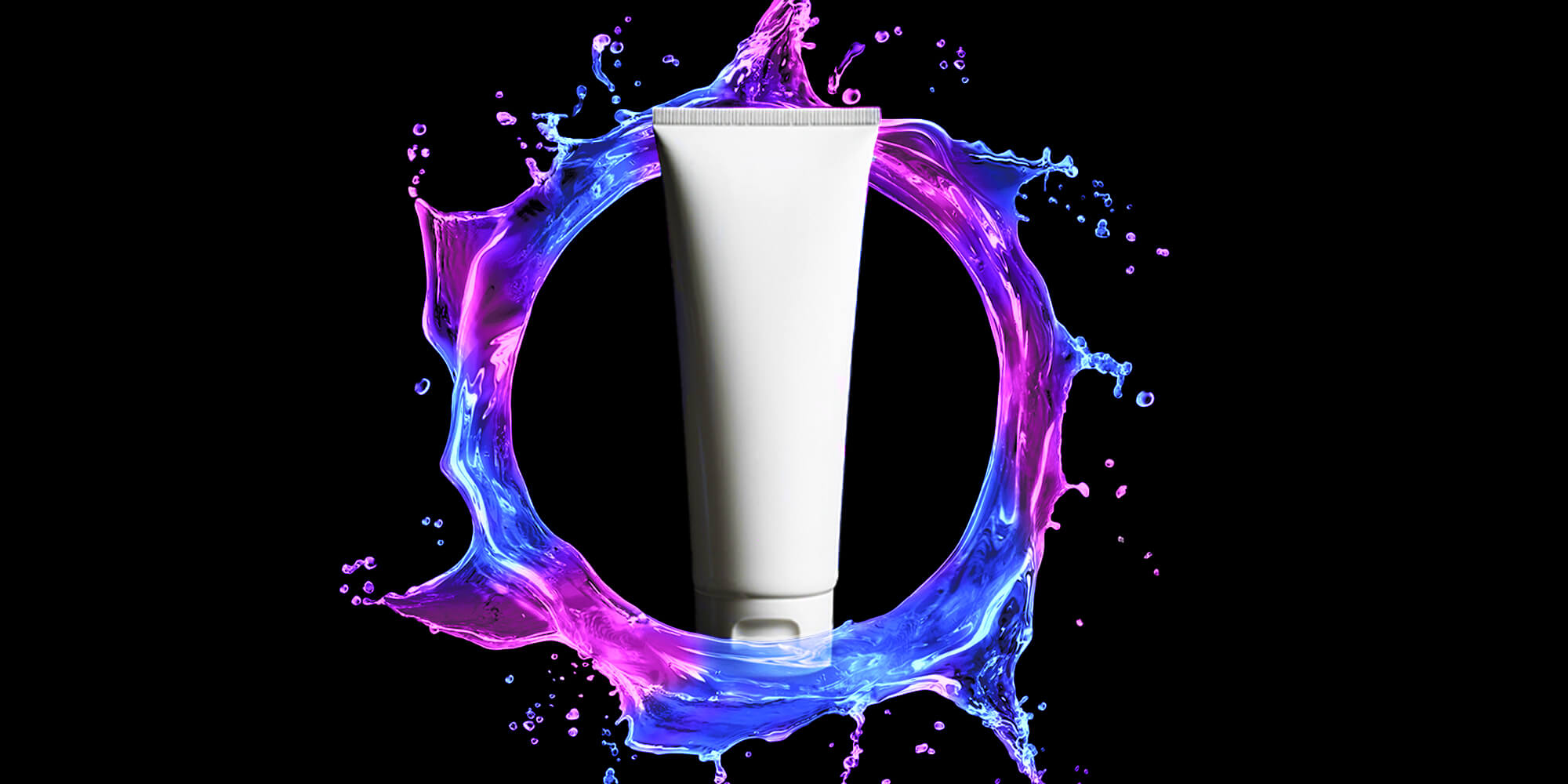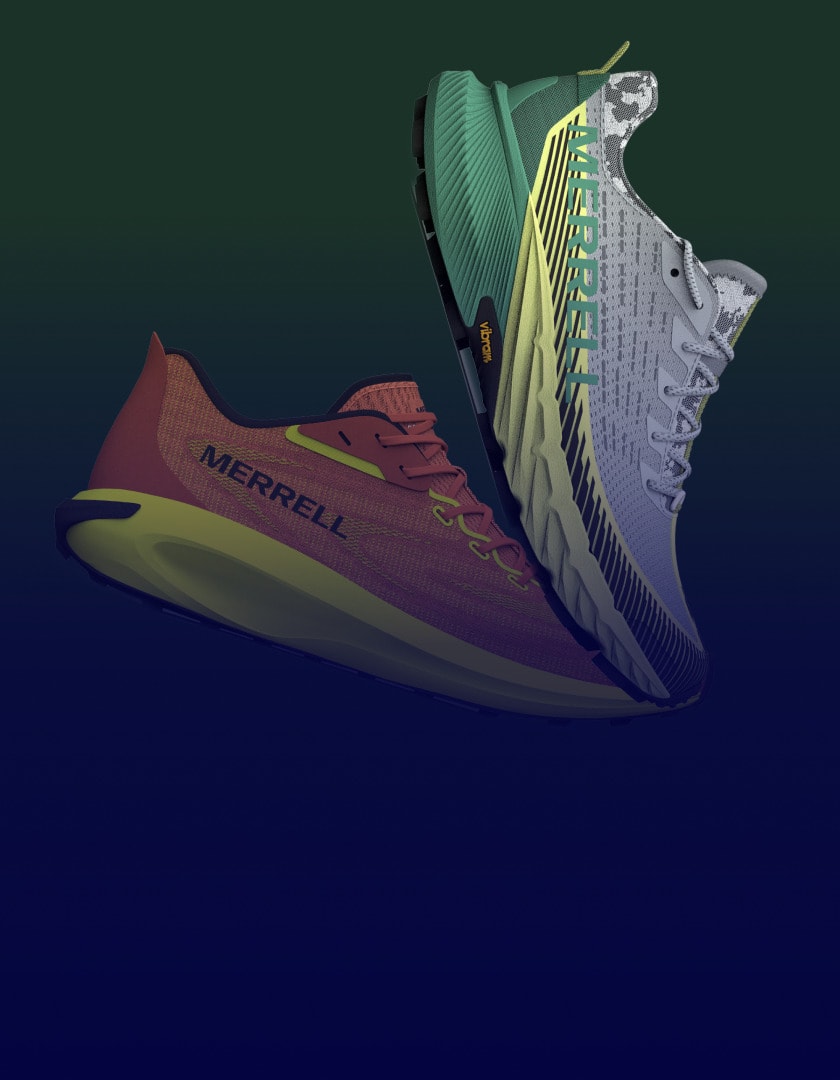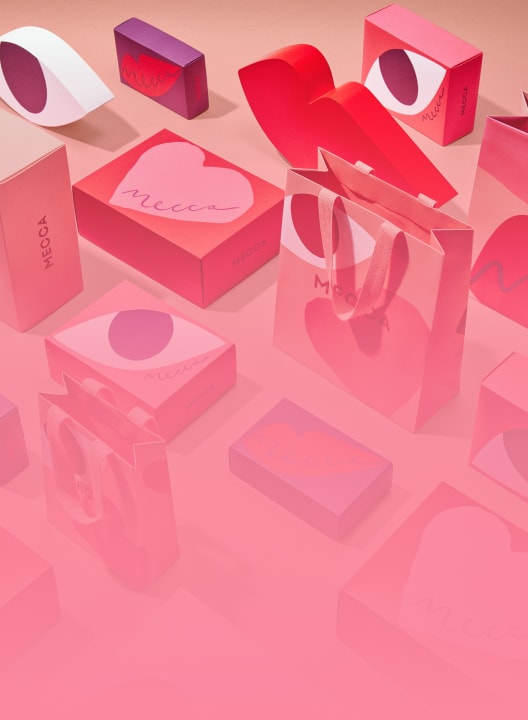Top 5 Reasons to Implement Cosmetics & Personal Care Packaging Artwork Management Software

Cosmetics and personal care brands, retailers and manufacturers are under increasing pressure to innovate new products and grow categories as changing consumer trends and ‘fast beauty’ continue to shape the industry, whilst upholding stringent compliance regulations. To establish and maintain faster speed to market than competitors, businesses are wise to look to packaging artwork management software solutions to streamline this critical product development function.
Labeling and packaging artwork are influential in the consumer decision-making process. They drive purchases, communicate product attributes and your brand promise to your audience. Packaging, labeling and artwork management is a complicated process that involves multiple stakeholders, and if not flawlessly executed it can damage your brand reputation and bottom line.
Many cosmetics and personal care companies are still relying on emails, spreadsheets and PDFs for approval processes, using multiple legacy systems that do not integrate with each other and have choppy and disorganized workflow processes. The results are predictable:
- duplication of work
- complicated approval processes
- potential for compliance issues
- a high margin for error
- lost time and lost revenue
How can companies respond to the pressure to manage labeling and artwork management processes more efficiently?
Cosmetics and personal care companies need a powerful, user-friendly, cloud-based end-to-end packaging artwork management software solution to meet current market challenges, reduce errors, save time and gain a leadership position in the cosmetics and personal care space.
Implementing a new system is a major undertaking. With so many solution providers out there promising transformational business results, deciding which one to choose is the next hurdle to overcome. Cost and downtime are always considerations, but what are the most important reasons for and requirements of a packaging artwork management software that will deliver quick ROI?
Read on to discover the top 5 reasons to implement a packaging artwork management solution and the non-negotiable capabilities it must have!

The top 5 reasons to implement a packaging artwork management solution
Many stakeholders, multiple departments and third-party suppliers, such as printers and designers, play a role in the complex packaging artwork management process. Manual solutions like email, attachments and file sharing services don’t offer a truly collaborative platform to expertly manage this important function.
It is all too common for companies to run into issues with artwork version control and asset library storage and have scattered and disorganized workflow processes that waste valuable time. Furthermore, lines regarding accountability can become blurred when a functional system isn’t in place.
Any packaging artwork management software solution worth its salt will prioritize connectivity and collaboration across stakeholder groups. Make sure the system you consider offers simultaneous reviews in real time. It should also be able to provide a full audit history of annotations and approvals and rejections by user. When it comes to artwork, the ability to compare versions and highlight differences is critically important.
Controlling content used in labeling and packaging artwork for cosmetics and personal care brands is necessary to speed time to market, ensure compliance and ultimately safeguard your brand reputation.
Regional requirements for labeling and artwork for formulated cosmetics products can be complicated and change rapidly. For example, in Switzerland, four languages are required on cosmetics and personal care packaging. Whilst in the UK, the logo for organic products has recently changed, demanding a need to update all organic product labels.
Being able to quickly adjust labeling and packaging artwork according to regional requirements is a must to speed time to market and ensure you avoid costly mistakes resulting in reprinting packaging or having a product pulled from the shelves.
For those cosmetics and personal care brands who truly want to be leaders and grow into new markets, text translation for labels and artwork is necessary and can be a costly and time-consuming endeavor.
Your packaging artwork management software solution should easily connect to all your product and packaging information and seamlessly, in real-time, create localized labeling in multiple languages, with regulatory requirements accounted for.
In today’s global workplace, teams are working from different locations and time zones and often from home. When implementing a new system, gaining high user adoption rates are paramount to success. A friendly and appealing user interface and ease-of-use is one way to drive adoption. The ability to remotely rollout a new product artwork management system and offer user training is equally important.
And, because teams may be scattered across time zones and locations, the system must operate and update in real time. It should empower teams to do their jobs from anywhere, access the most current information and ensure no time is lost in getting products to market.
When researching a new packaging artwork management software solution and partner, ask for customer references, case studies and metrics on user adoption rates and satisfaction.
How much valuable time is lost, and errors occur because teams are saving proofs, annotations and approval conversations in email or on their desktops? Or, how about sending PDF and image files back and forth, making manual edits on printed paper and then scanning them? It’s also a common issue for members of different teams such as product management, quality and compliance, graphic design and packaging to be working in different systems that don’t talk to each other.
Your packaging artwork management software system needs to offer a single version of the truth for all information related to labeling and packing artwork management and product development. This means any approvals, edits, workflow processes and communication are executed within the system, saved in real time and are visible to all stakeholders from anywhere in the world.
Furthermore, the system needs to seamlessly integrate with design and packaging software programs such as Adobe, Solidworks for 3D and API and connect to all disparate systems, such as ERP.

Meet Product Lifecycle Management (PLM)
Labeling and packaging artwork management is a critical part of the entire product lifecycle. Therefore, the right product lifecycle management (PLM) system should deliver on everything you need in your packaging artwork management solution, and more.
Centric Software’s #1 PLM solution empowers cosmetics and personal care companies to boost end-to-end product development efficiency with full control of workflows, supply chains, costs and time from start to finish. Centric partners with cosmetic and personal care brands to develop a market-driven, cloud-based technology that is easy to use and fast to deploy. It delivers a single version of the truth, enabling product teams to boost product innovation, improve supplier collaboration, handle formulation management, develop packaging and ensure regional compliance, quality, and traceability with one single digital platform.
With Centric PLM, packaging briefs are connected directly to product briefs to drive efficiency. Teams choose from the packaging library of past features and specifications, materials, dimensions, brand claims, manufacturing information, ingredient labels and more. It provides Canvas templates to create a packaging sample and automatically make changes to the sample while connected to the PLM packaging information and easily create localized labeling in multiple languages, ensuring local regulatory requirements accounted for.
PLM is the central hub for the labeling and artwork management process and drastically improves collaboration, communication, project management, proofing and creation.
Conclusion
The right packaging artwork management system will empower cosmetics and personal care brands to eliminate unreliable manual processes, avoid endless revisions, ensure regulatory compliance, speed time to market and provide a single source of truth for all stakeholders. Digital transformation solutions, like PLM offer the fastest route to streamlining and perfecting the complicated packaging artwork management process and help future-proof your cosmetics and personal care brand.








